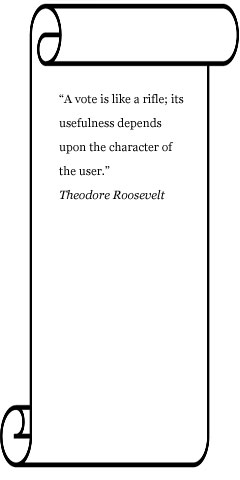| Variant Supply Rules in Third Reich
and Great Pacific War
December 2012
Recently, Avalanche Press fan Mark Verdeur sent in some comments and ideas regarding the difficulty of maintaining control of islands on the Third Reich Europe map. No matter how strong a ground force one has on an island, if enemy forces take control of the sea area(s) surrounding that island then the friendly ground forces there will be eliminated within two turns due to lack of supply (unless they can get off the island and go elsewhere, or unless friendly or allied forces regain control of the surrounding sea area). This is much more of an issue in Third Reich than in Great Pacific War, since none of the islands on the Europe map have colonial capitals (which can act as supply sources) while many islands on the Pacific map do have capital cities.
Building a fortress on an island is a good way to keep at least some of the units there supplied in the event the island becomes isolated (12.6). But in cases where units become cut off from all supply sources (whether they’re on an island or not), it can make the game more interesting to give players emergency supply options to keep their units alive until they can break out or be rescued. To that end (and with thanks to Mark for the idea), here are two variant rules which players can agree to use before play begins.
Air Supply
Activated SAC and LSAC units (but not TAC units) may use the Strategic Bombing procedure (11.7) to supply friendly and/or allied ground units from the air. To do this, the SAC and/or LSAC units must move to a hex occupied by one or more friendly or allied ground units (not an enemy-controlled objective or shipyard hex per the standard rule). Each such SAC or LSAC unit then designates the ground unit in the hex with it that it wishes to supply from the air (multiple units may attempt to supply the same unit if desired). The SAC or LSAC unit then rolls dice normally per rule 11.71. Subtract one from each die-roll if the target ground unit occupies a mountain hex, but add one to each die-roll if the target ground unit occupies a city hex of any kind (if the target unit is in a mountain hex with a city, do not add any modifier). A modified result of 7 (or 7 or 8 in 1942 onward) equals a 6 per rule 11.71. If the number of hits scored on the target unit equals or exceeds the target unit’s current combat strength, then the unit is considered supplied for all purposes except repair (15.32) for the rest of the turn. The owning player should write down the numerical designation of the supplied unit to track its supply status. If the number of hits scored on the target unit is less than its current combat strength, the air supply attempt fails and the unit is not supplied from the air that turn (unless another air supply attempt later in the turn succeeds).
Example: It’s 1942 and the Allies have taken control of the Western Med. sea zone. That leaves an Italian 2-3 INF unit in beach hex 1827 on Sardegna cut off from all supply. So when an Italian Air Effort chit is drawn, the Italian player decides to send two 2-8 SAC units from Roma to the INF unit’s hex on Sardegna in an attempt to supply it from the air. The SAC units are not intercepted on the way, so each die they roll will hit on a 5 or 6 and will also receive a +1 modifier since the current date is 1942 or later. The Italian player rolls four dice and gets modified results of 3, 4, 5 and 7. That’s two hits on the Italian 2-3 INF unit, which equals the INF unit’s combat strength of 2. Therefore, the INF unit is considered supplied for the rest of the turn for all purposes except repair, meaning it cannot be repaired this turn but is otherwise treated as supplied. The Italian player notes the INF unit’s number designation to keep track of its supply status. Note that if the unit had been in Cagliari (hex 1927) the SAC would have scored 3 hits due to the extra +1 modifier for being in a city, but if the unit had been in mountain hex 1826 the SAC would have scored only one hit (and the INF would have remained unsupplied) due to the -1 modifier for being in a mountain hex.
Cannibalism (Japan and Soviet Union Only)
If two unsupplied, full-strength, two-step ground units of the same nationality and type (INF, ARM, etc.) occupy the same hex during the Supply Segment, the owning player may choose to reduce both units normally per rule 12.32 or may choose to eliminate one of them and not reduce the other. In the latter case, one unit cannibalizes supplies from the other in order to avoid being reduced, while the other unit goes from full-strength to nothing due to having all its supplies taken. Only Japanese and Soviet units may use this option (other nations don’t have the stomach for such survival tactics). Note that one-step units (those with no reduced-strength side) and units which are on their reduced-strength side already cannot use this rule.
Example: Two full-strength Soviet 3-5 ARM units are in hex 2409 just outside Minsk and have been cut off from their supply line by a German breakthrough. In the Supply Segment, the Soviet player can choose to reduce both units per rule 12.32, or he may eliminate one of the units and keep the other at full strength.
Click here to order Third Reich today! |


